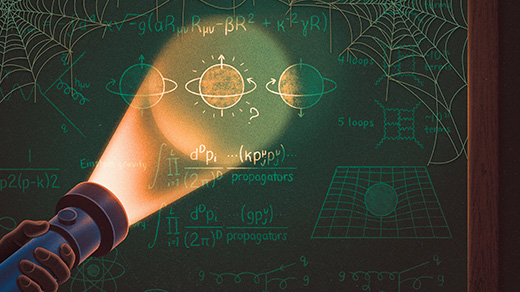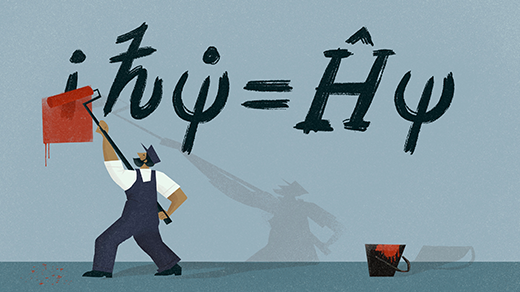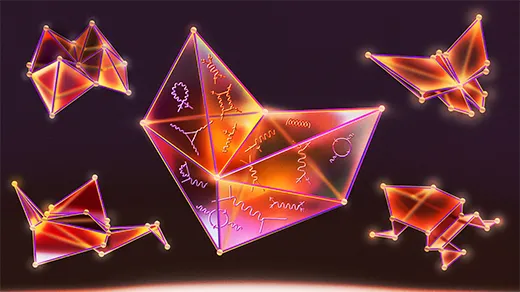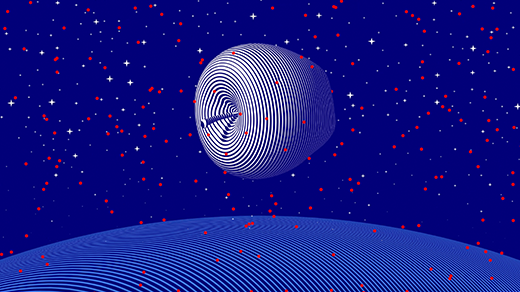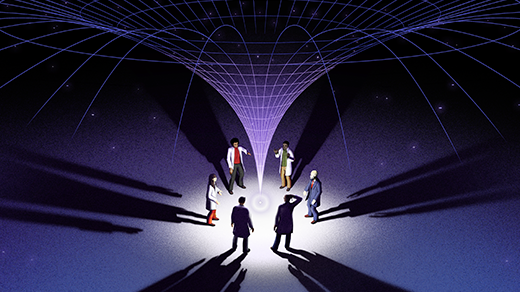What's up in
Theoretical physics
Latest Articles
Old ‘Ghost’ Theory of Quantum Gravity Makes a Comeback
Has the secret to understanding gravity been hiding in plain sight for nearly 50 years?
Physicists Take the Imaginary Numbers Out of Quantum Mechanics
Quantum mechanics has at last been formulated exclusively with real numbers, bringing a mathematical puzzle at the heart of the theory into a new era of inquiry.
Carlo Rovelli’s Radical Perspective on Reality
The theoretical physicist and best-selling author finds inspiration in politics and philosophy for rethinking space and time.
Origami Patterns Solve a Major Physics Riddle
The amplituhedron, a shape at the heart of particle physics, appears to be deeply connected to the mathematics of paper folding.
A Thermometer for Measuring Quantumness
“Anomalous” heat flow, which at first appears to violate the second law of thermodynamics, gives physicists a way to detect quantum entanglement without destroying it.
Astrophysicists Find No ‘Hair’ on Black Holes
According to Einstein’s theory of gravity, black holes have only a small handful of distinguishing characteristics. Quantum theory implies they may have more. Now an experimental search finds that any of this extra ‘hair’ has to be pretty short.
Is Gravity Just Entropy Rising? Long-Shot Idea Gets Another Look.
A new argument explores how the growth of disorder could cause massive objects to move toward one another. Physicists are both interested and skeptical.
Will We Ever Prove String Theory?
Promise and controversy continues to surround string theory as a potential unified theory of everything. In the latest episode of The Joy of Why, Cumrun Vafa discusses his progress in trying to find good, testable models hidden among the ‘swampland’ of impossible universes.
Singularities in Space-Time Prove Hard to Kill
Black hole and Big Bang singularities break our best theory of gravity. A trilogy of theorems hints that physicists must go to the ends of space and time to find a fix.
